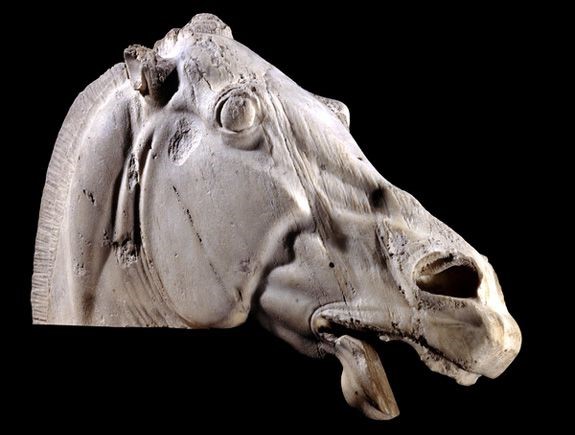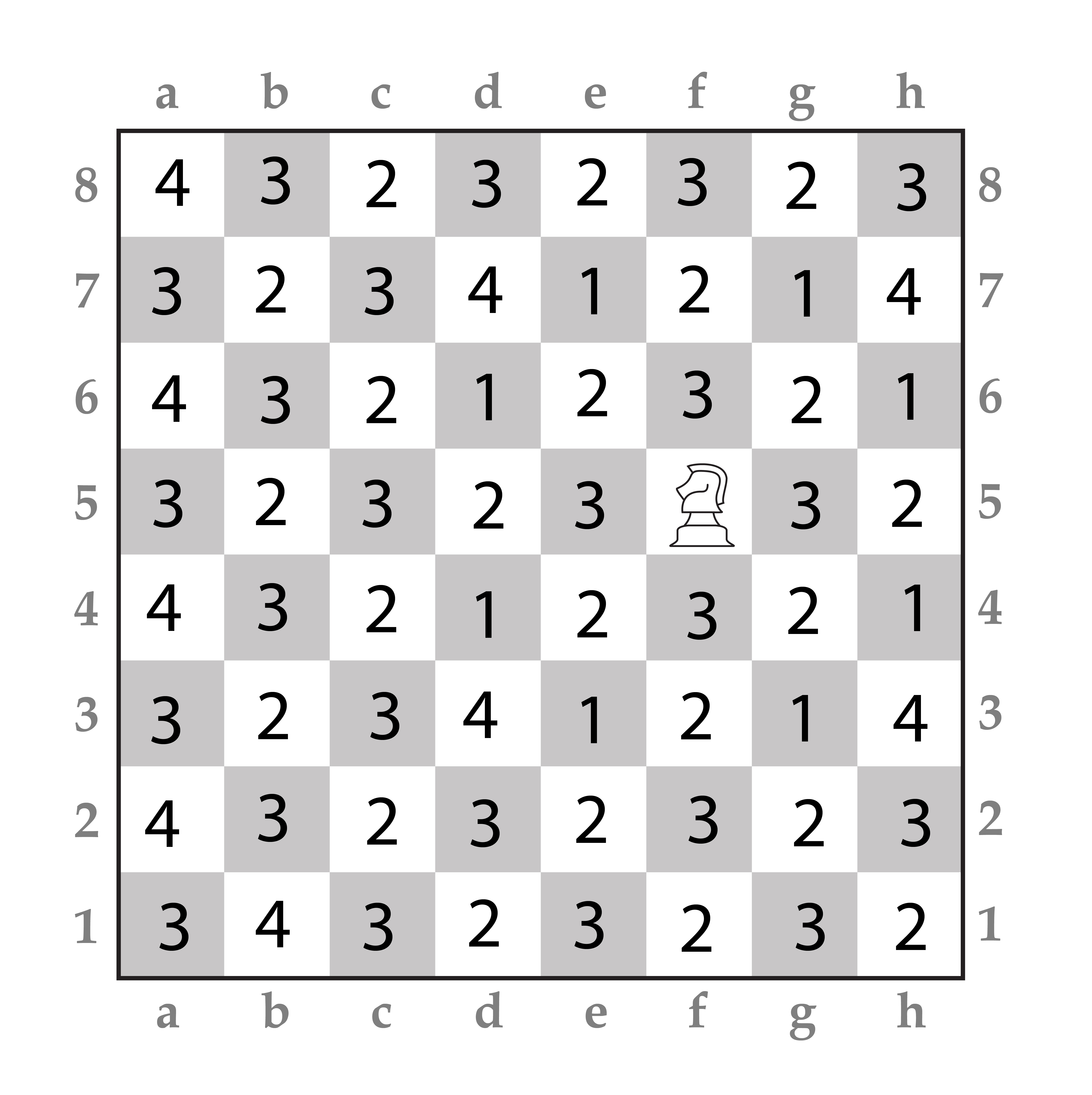By Lisa Ackerman
With a high-pitched scream loud enough to cut through the clash and clang of the battlefield, the mighty war horse blocks the sun from your view as it rears on powerful hindquarters, pumping its sharp hooves as if swimming in air. You need to dodge before you’re sliced and crushed, but where? A horse on two legs can easily pivot left or right from its original direction… just like it does in chess, and the consequences on the board can be as devastating as they are in any battlefield!
Smithsonian Magazine notes that the architect Nathan Cook, who designed our now-familiar Staunton Chess Set, was largely inspired by the Neoclassical-era columns and balusters to create the more “depersonalized” pieces, but the Knight: the most intricate and distinct piece of any chess set, is unique in that it’s the only piece that is not an abstracted representation of a designation; it’s a realistically carved horse head. The Staunton Knight was likely inspired by a sculpture on the east pediment of the Parthenon depicting horses drawing the chariot of Selene, the Moon Goddess. [i]

So, what can we do with this horsey on the board? Quite a bit, actually: It’s the only piece on the back row that can be used from the very first move, deftly hurdling over any pawns in its way as it gallops into the action. Because it travels in a distinctive L-shape: two squares in one direction, followed by one in a 90-degree turn, it’s also the only piece that can attack the Queen while she is not simultaneously in a position to counter-attack. Knights are especially deadly in forks – they can attack up to eight opponents’ pieces at a time, and only other knights can stop them!
A few notable quotes from chess luminaries about the mighty Knight: Efim Bogoljubow lamented, “To have a knight planted in your game at K6 is worse than a rusty nail in your knee.” Emanuel Lasker declared, “I have added these principles to the law: get the Knights into action before both bishops are developed.” Boasted Saveilly Tartakower, “Seize the outpost K5 with your knight, and you can go to sleep. Checkmate will come by itself.”
Detractors and proponents alike concede that Knights do have their limits. For one thing, horses need room to roam! Eight legal moves in the center of the board drops to half that from one side, and half again from the corner. Knights can only advance two squares at a time, due to their lateral direction change at the end of the move, so they can’t swoop in from all the way across the board like those showy Bishops that share the same 3-point value. And once the enemy’s queen is captured, so is much of the Knight’s raison d’etre. Finally, it’s hard to box in and checkmate the King with a piece that has to come in close to its target, but can’t protect its own front and flanks. All of these conditions lead most experts to conclude that Knights are best put to good use in the early-to-midgame, and to let the other pieces, like the Bishops and Rooks, do the heavy lifting to secure the victory. The Knight’s limitations led Jose Capablanca to conclude, “The weaker the player the more terrible the Knight is to him, but as a player increases in strength the value of the Bishop becomes more evident to him, and of course there is, or should be, a corresponding decrease in his estimation of the value of the Knight as compared to the bishop.”[ii]
It’s time to set up the board for another game. Don’t forget to push the Knight into the center as quickly as you can!

Distance from the f5-square, counted in Knight moves.
[i]“How the Chess Set Got Its Look and Feel,” Smithsonian Magazine, April 3. 2013, https://www.smithsonianmag.com/arts-culture/how-the-chess-set-got-its-look-and-feel-14299092/
[ii]All players’ quotes are from http://chesscross.blogspot.com/2013/02/quotes-by-topic-knights.html
